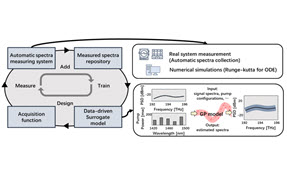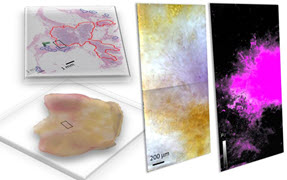New horizons in remote sensing: a video interview with Upendra Singh
Upendra Singh talks about the NASA Laser Risk Reduction Program, the 2-micron laser, and changes in remote sensing.
Dr. Upendra N. Singh is the chief technologist at the Systems Engineering Directorate at the NASA Langley Research Center. He is the principal investigator and co-investigator for NASA's Laser Risk Reduction Program, a joint project of NASA Langley and NASA Goddard.
Significant advancements have been made in developing solid-state 2-micron laser for space based measurements of the horizontal and vertical wind velocities with high precision and resolution, utilizing coherent Doppler wind lidar technique. An improved fully conductive cooled 2-micron amplifier has been designed, manufactured and integrated for field demonstration. Dr. Singh discusses this breakthrough and more in his interview, recorded at the SPIE Defense & Security Symposium in April 2007.
Singh was formerly chief scientist for Hughes STX Corporation at NASA/GSFC, where he designed and developed two state-of-the-art lidar systems--NASA's first mobile stratospheric Rayleigh/Raman ozone lidar system for monitoring ozone depletion and a mobile Aerosol and Temperature (AT) lidar system with three primary (1064, 532, and 351 nm) and one secondary (382 nm) wavelengths for stratospheric aerosol measurements.
He received NASA's Outstanding Leadership Medal in August 2001 for his work in remote sensing. He is a Fellow of SPIE, and has chaired 16 conferences at SPIE symposia.
SPIE Proceedings paper: Laser risk reduction technology program for NASA's Earth Science Enterprise
Frank Peri, Jr. and William S. Heaps, NASA Goddard Space Flight Ctr.; Upendra N. Singh, NASA Langley Research Ctr. (USA)



